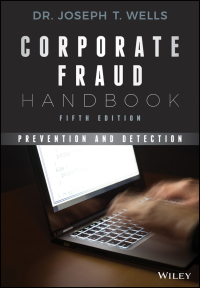41. Activity-Based Costing Versus Traditional Approach, Activity-Based Management. Fine Finishing, Inc, produces a wood desk that sells for $500 and a wood table that sells for $900. Last year, total overhead costs of $6,000,000 were allocated based on direct labor costs. Direct labor costs totaled $2,000,000 last year, and the company produced 15,000 desks and 5,000 tables. Total direct labor and direct materials costs by product for last year were as follows: Desk Table Direct materials $1,575,000 $950,000 Direct labor $1,200,000 $800,000 The management of Fine Finishing, Inc., would like to use activity-based costing to allocate overhead rather than one plantwide rate based on direct labor costs. The following estimates are for the activities and related cost drivers identified as having the greatest impact on overhead costs. Estimated Cost Driver Activity Estimated Overhead Costs Activity Cost Driver Desk Table Total 900 100 Number of purchase orders Number of setups Machine hours Number of inspections 240 Purchase orders Machine setups Machine maintenance Quality inspections Total 260 $ 800,000 1,600,000 2.400,000 1.200,000 $6,000,000 42,000 15,000 18,000 5,000 1.000 500 60,000 20,000 Required: a. Calculate the direct materials cost per unit and direct labor cost per unit for each product. 1. Using the plantwide allocation method, calculate the predetermined overhead rate and determine the overhead cost per unit allocated to the desk and table products. 2. Using the plantwide allocation method, calculate the product cost per unit for the desk and table products. Round results to the nearest cent. 1. Using the activity-based costing allocation method, calculate the predetermined overhead rate for each activity. (Hint: Step 1 through step 3 in the activity-based costing process have already been done for you; this is step 4.) 2. Using the activity-based costing allocation method, allocate overhead to each product. (Hint: This is step 5 in the activity-based costing process.) Determine the overhead cost per unit. Round results to the nearest cent. 3. What is the product cost per unit for the desk and table products? d. Calculate the per unit profit for each product using the plantwide approach and the activity-based costing approach. How much did the per unit profit change when moving from one approach to the other? e. Refer to the estimated cost driver activity provided. Calculate the percent of each activity consumed by each product (eg, the desk product issued 900 of the 1,000 purchase orders issued in total and therefore consumes 90 percent of this activity). These percentages represent the amount of overhead costs allocated to each product using activity-based costing. Using the plantwide approach, 60 percent of all overhead costs are allocated to the desk and 40 percent to the table. Compare the activity-based costing percentages to the percentage of overhead allocated to each product using the plantwide approach. Use this information to explain what caused the shift in overhead costs to the desk product using activity-based costing








